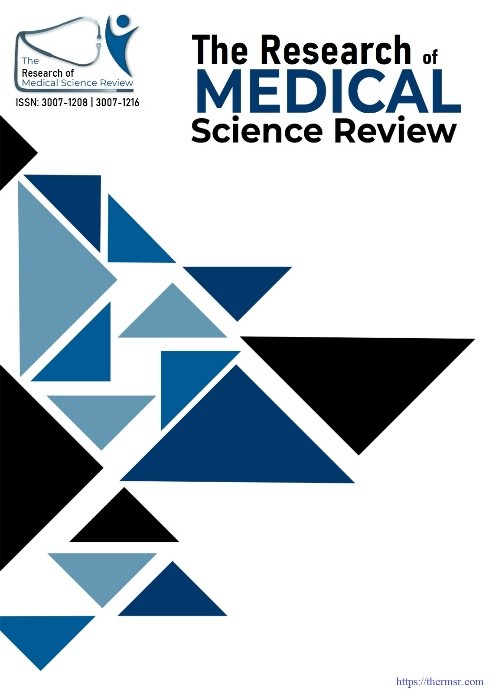TRENDS IN PERI-OPERATIVE PARAMETERS AND POSTOPERATIVE COMPLICATIONS ASSOCIATED WITH COARCTATION OF THE AORTA REPAIR IN A TERTIARY CARE HOSPITAL
Main Article Content
Abstract
Introduction: Coarctation of the aorta (CoA) is usually diagnosed in neonatal and infant patients, and congenital heart surgery for CoA is well established in infants. CoA accounts for 6-8% of all congenital cardiac diseases worldwide, and the estimated average incidence of this disease is 4 per 1000 live births worldwide. Coarctation of the aorta (CoA) in adolescents and adults is relatively rare. Several operative and interventional techniques have been reported, but there is no consensus. Objectives: The objective of this study was to see the trends in perioperative parameters and post-operative complications associated with the surgical repair of CoA at Rehman Medical Institute (RMI). Methods: This is a cross-sectional study starting from July 2017 to December 2021. A total of 24 patients underwent CoA repair and were included in the study. Results: Out of the 24 patients, only 2 had diabetes, which was controlled with oral medications. The mean initial ICU stay was 35.75+12.5 hours, and there were no readmissions to the ICU. The mean initial hours of intubation were 3.88+3.34 hours. None of the patients was re-intubated during the postoperative period. 4 (16.6%) patients were reopened and shifted back to the operating room for bleeding/tamponade. The in-hospital mortality was 0%. Conclusions: Surgical repair for CoA in adolescents and adults is a good option with improved outcomes. The morbidity rates are minimal, and no mortality was observed in our study with surgical repair.
Downloads
Article Details
Section

This work is licensed under a Creative Commons Attribution-NonCommercial-NoDerivatives 4.0 International License.
